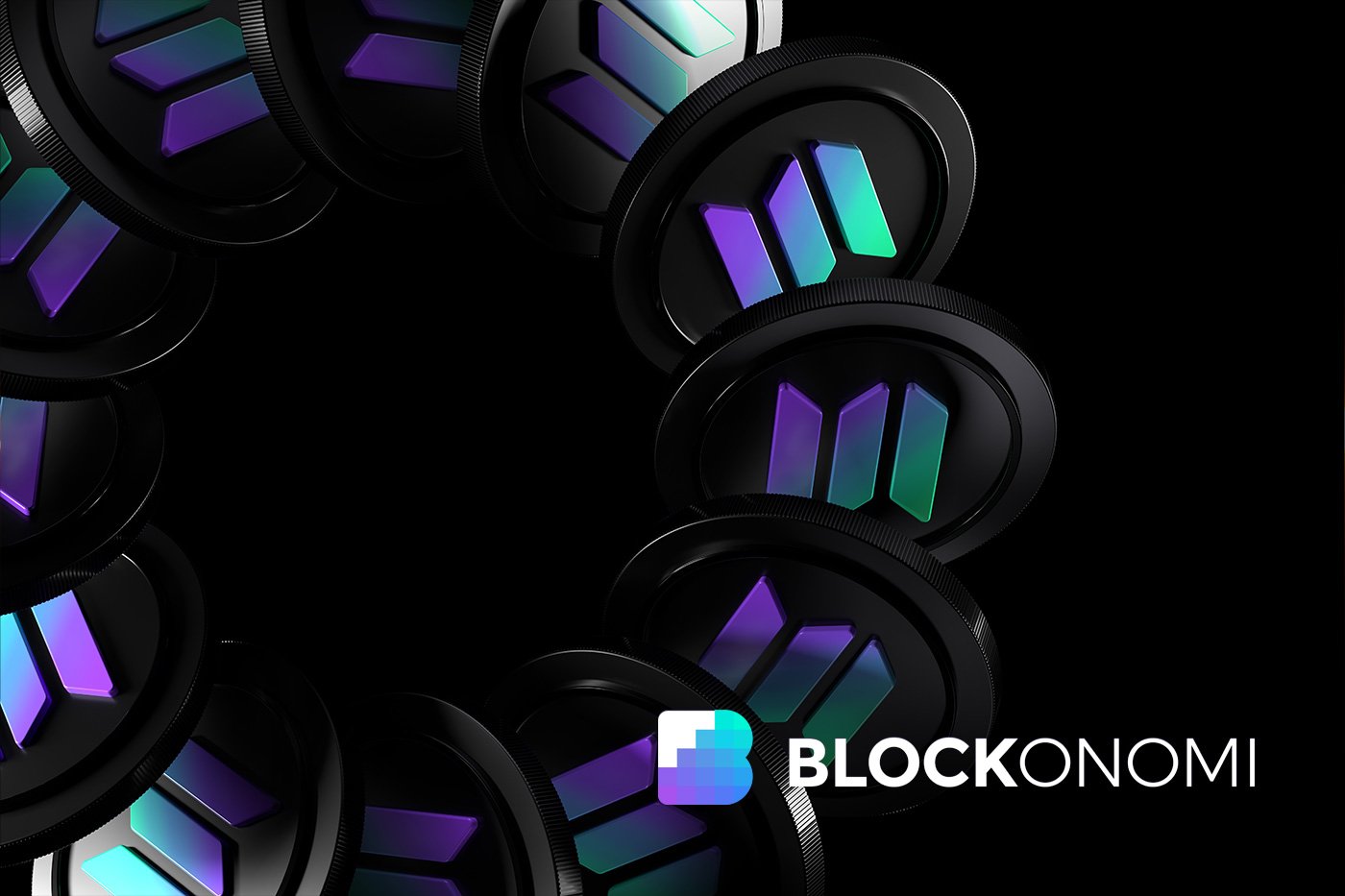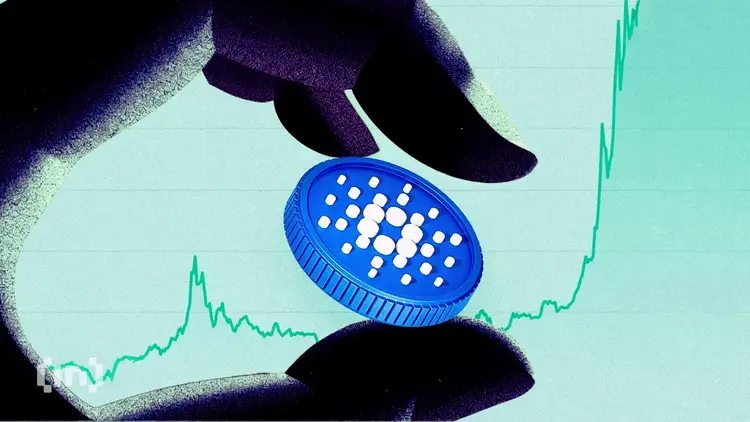
Solana, one of the most advanced blockchain platforms, made headlines this past weekend by achieving a record 107,664 transactions per second (TPS) on its network. This milestone solidifies Solana’s position as a technological leader in the crypto space, but challenges remain in its usability and market performance.
Solana Hits TPS Record: What It Means for Blockchain Technology
Over the weekend, Solana developers celebrated an extraordinary achievement: a single block processed 107,664 TPS, the highest ever measured on a major blockchain. According to Mert Mumtaz, co-founder of Helius, the groundbreaking block recorded over 43,000 successful transactions, marking Solana as the first blockchain to exceed the 100,000 TPS threshold.
To put this in perspective, Solana outpaces most competing blockchains by a wide margin, showcasing what its architecture is capable of scaling to in terms of throughput. However, deeper analysis reveals that much of this figure is inflated by validator votes and “non-executing calls” used to maintain consensus rather than actual user-driven transactions.
When you remove this validator overhead, Solana’s actual user throughput falls to approximately 1,050 TPS, according to data from Solscan. While still impressive, this gap emphasizes the difference between raw network capacity and real-world application usage. Nonetheless, developers are optimistic that its architecture can one day scale typical activities like trades or oracle updates to tens of thousands of TPS.
What Is Driving Solana’s Network Activity?
Despite technical achievements, much of Solana’s current activity is driven by speculative trading and meme tokens. Pumpfun, a platform designed for minting and trading memecoins, dominates the network with 62% of total value locked (TVL). While this fuels demand, it also raises concerns about the sustainability of Solana’s usage beyond current trends.
Efforts to address this include the Alpenglow proposal, which is currently undergoing community review. This governance proposal aims to reduce block finality to 150 milliseconds, significantly increasing transaction confirmation speeds and paving the way for higher scalability in practical terms.
SOL Token Facing Resistance at $180
As the network sets new records, Solana’s native SOL token is facing a crucial test on the price charts. Trading at $180.70, SOL suffered a 6.5% drop in the last 24 hours. Analysts at InvestingHaven highlighted $209 as a key resistance level. A breakout above this could drive SOL to $218 or even $230, while $180 remains a critical support level for bullish momentum.
Market sentiment appears mixed, as some traders express caution while others anticipate a near-term surge. One trader, posting under “LordOfAlts,” noted that SOL’s price action shows higher lows and suggests it only needs positive news to rally beyond current resistance levels.
What’s Next for Solana?
While Solana’s record TPS offers a glimpse into blockchain’s potential future, challenges like network-heavy validator votes and speculative usage persist. Long-term adoption and the token’s price stability will rely on continued innovations, such as the Alpenglow proposal, and a shift toward real-world applications beyond memecoins.
If you’re interested in entering the blockchain world or investing in Solana, consider tools like the Ledger Nano X, a secure hardware wallet to store your SOL tokens safely.



